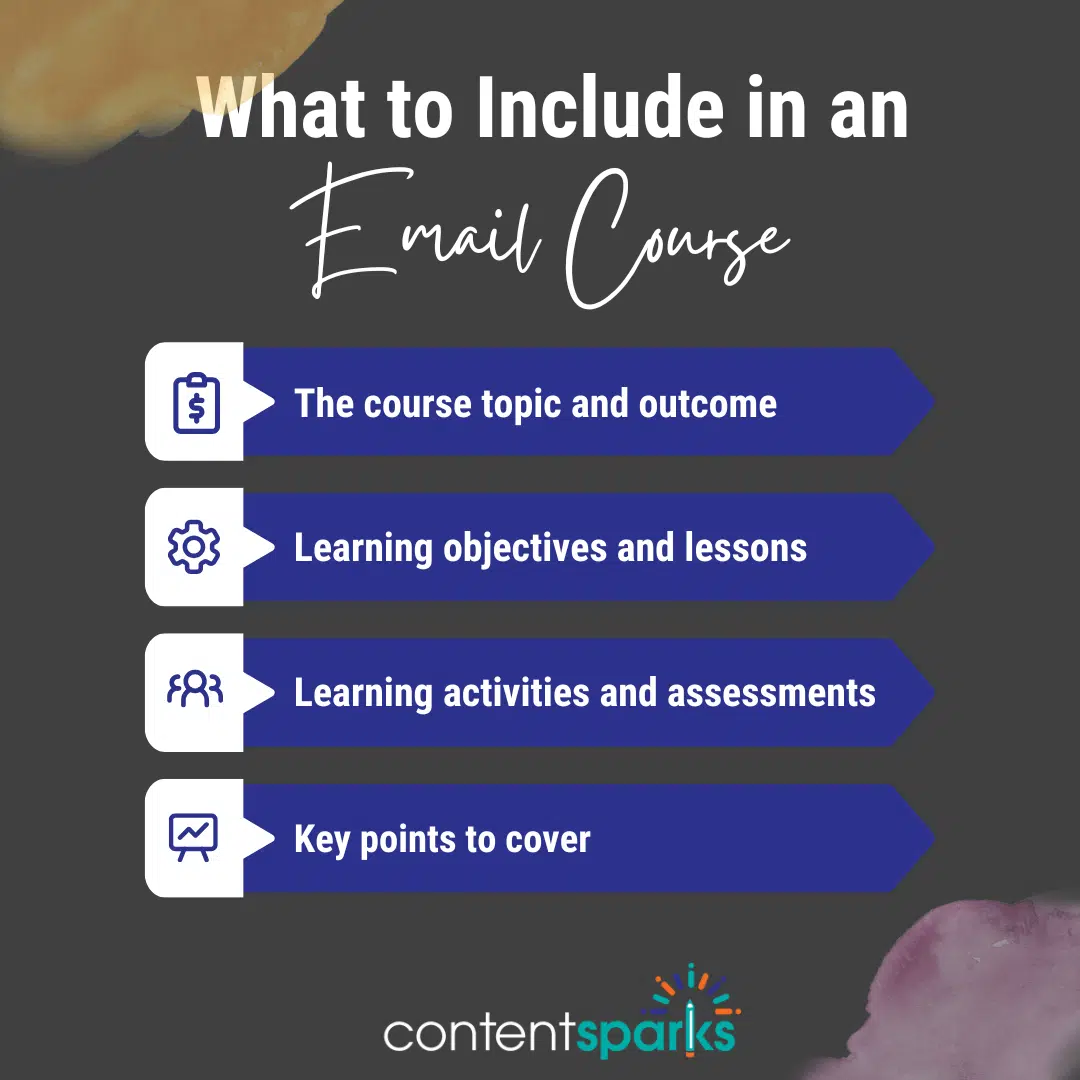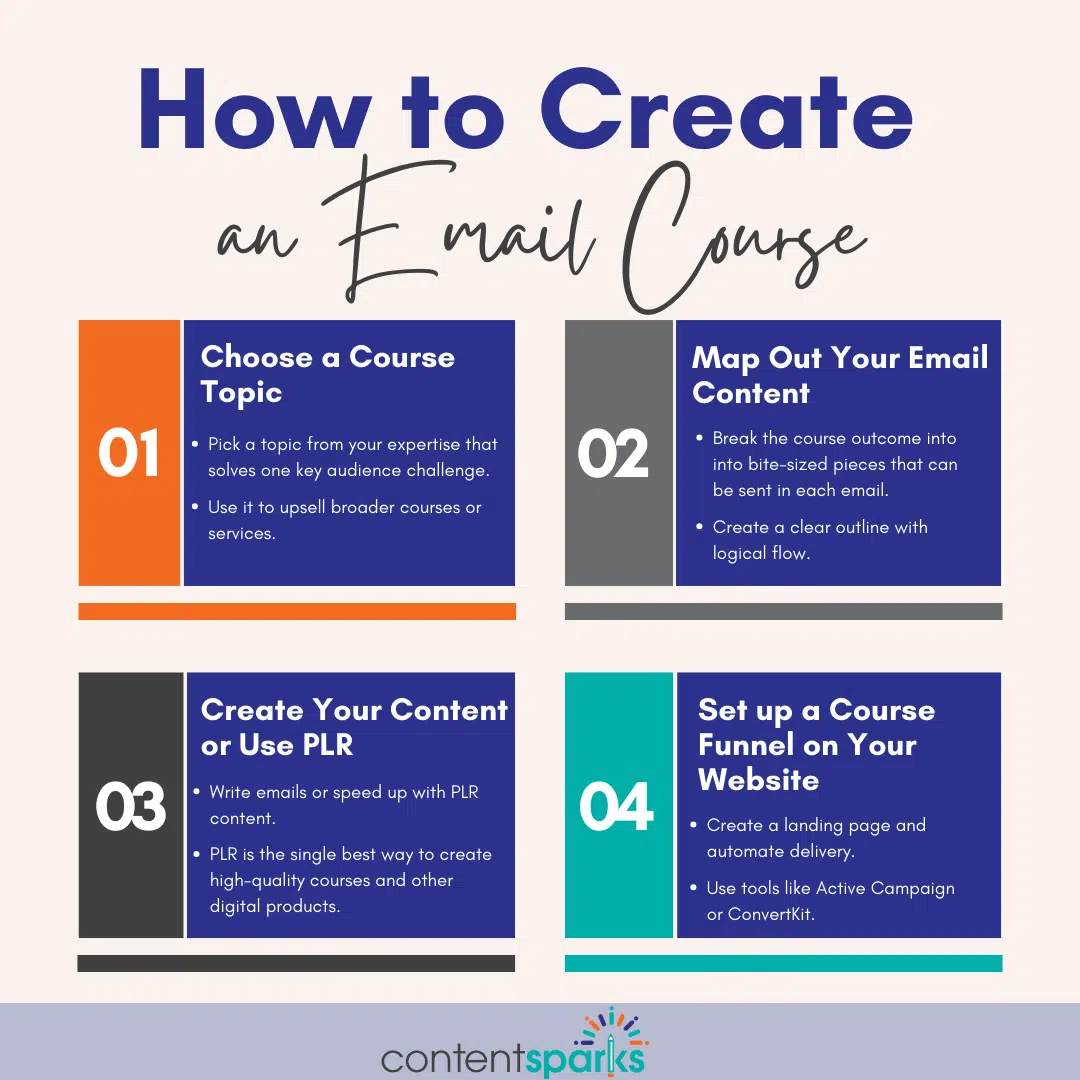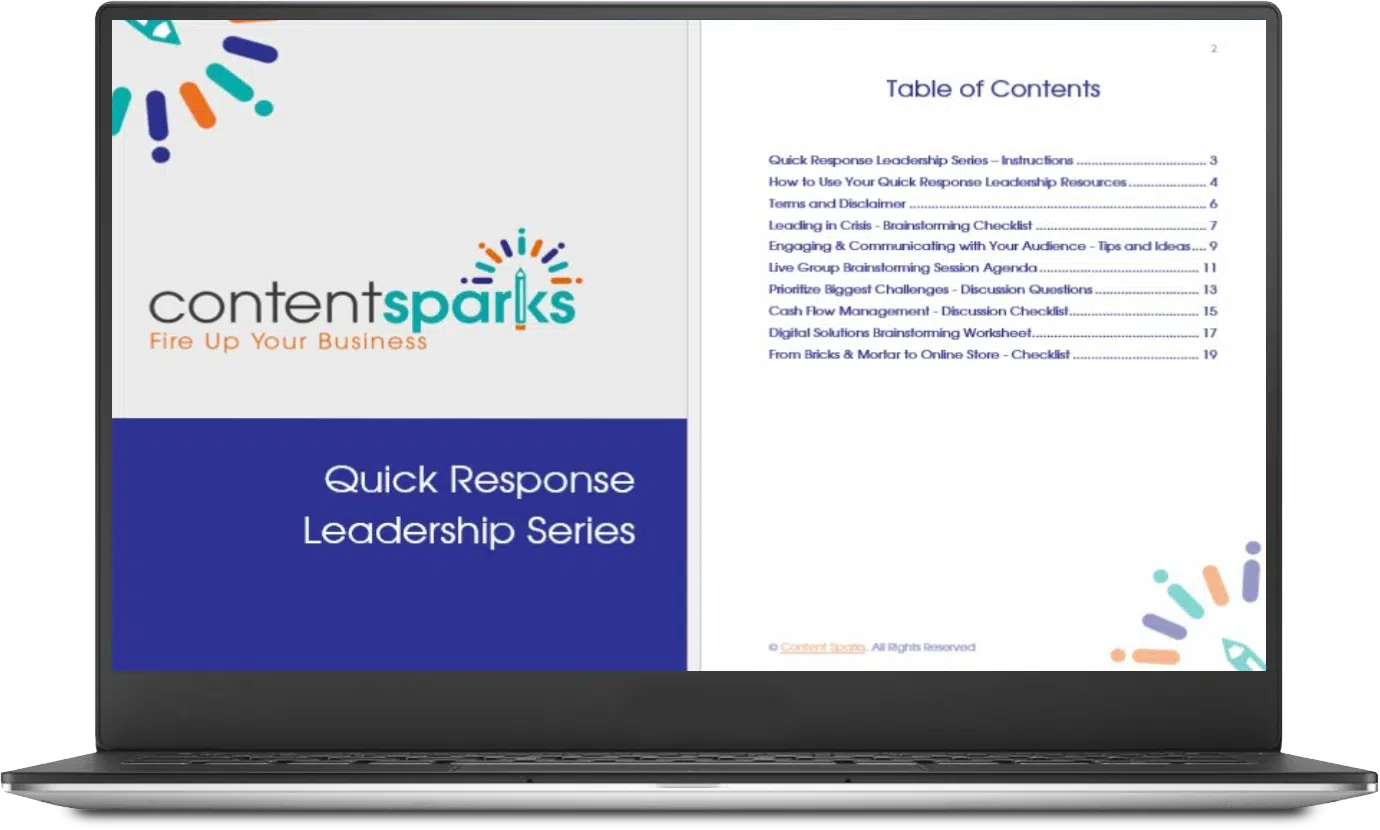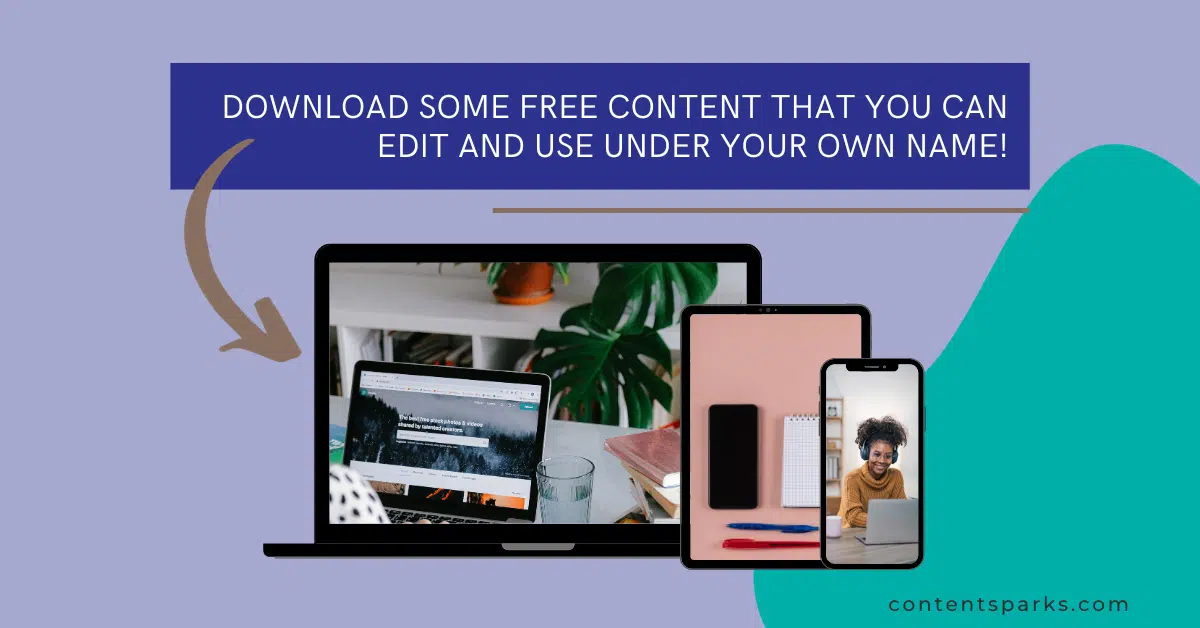I get it. The thought of creating an entire online course, filming videos, AND driving traffic to it makes your brain melt.
There’s a quicker way to create valuable content that attracts, engages, and converts your audience into clients: launch an email course.
An email course is a slimmed-down version of an online course that is drip-fed over a series of emails to your audience. You can offer it for free as a lead magnet or sell it as a low-ticket offer.
In this guide, I’ll give you a step-by-step process to create an effective email course and show you how to use it to fill your client funnel.
What is an Email Course
An email course is an automated series of emails sent out over a pre-determined period of time.
As a coach, freelancer, or consultant, you probably know that it can be hard to sell your services to a complete stranger. Social proof can help, but even with glowing testimonials and rave reviews, it can be hard to overcome every objection from your audience.
Why? Your customers are probably flooded with emails, ads, and DMs, all promising them the sun, the moon, and the stars - which means it is that much harder for them to know, like, and trust you.
That’s where the email course comes in.
By delivering quick-action content to someone, you can demonstrate the value that you can provide to a client relationship. Sure, you can do this through blog posts (like this one!). But there is nothing like an email course to jumpstart the relationship between you and a potential client.
Read on as I give you the blueprint to follow to create and launch an email course that propels your business to new heights this year.
What to Include in an Email Course

As with any course, before you fire up your word processor of choice, you need to take a step back and consider what outcome you want to achieve for your customers/students.
I wrote a complete guide to outlining an online course that I’d recommend you check out, but a basic course outline should include the following:
The short way to get started is to define the “so what?” of your course. If you’re a social media marketer, why should someone take your course over the hundreds available? Say you have a unique take on Instagram or a process that you want to share – you need to define the special outcome you can help your audience achieve and then map the process that takes them from point A to point B.
Unlike a full online course, an email course will be narrower in scope. If you browse my shop, I sell complete courses on topics ranging from sales skills, small business finance, digital marketing, and almost everything in between. You could take any of those courses, break them down, and deliver them in an email format.
How Long Should an Email Course Be?
That’s the beauty of it: an email course can last as long as you’d like!
I have a free 5-day challenge template that I feature on my website, but you can have a 14-day email course, a 30-day email course, or longer – the sky’s the limit. Typically, 5-14 days is the optimal length for an email course, but you will need to decide how long yours should be based on the following factors:
Remember that the longer your course, the more overwhelmed your students will be and the more likely they will lose interest and drop off. While you can pack a tremendous amount of value into a 90-day course, it’d probably be better to offer a free 7-day email course and upsell to a larger-ticket offer.
How to Create an Email Course

Creating an email course does not need to take weeks or months. Just follow these four steps, and you’ll launch one in no time.
Choose a Course Topic
Choosing a course topic is a bit of an art and science.
Start with your area of expertise and any overlaps with the needs of your target audience. Remember that an email course should be focused on one specific outcome rather than a set of outcomes that a larger, full course can solve.
If you are a social media marketing expert, your email course might be optimizing your LinkedIn profile to convert more leads. You can then upsell to a larger course on LinkedIn posting strategies to build a funnel.
The most successful email courses often emerge from identifying specific pain points or challenges your audience faces and then positioning your course as the bridge between their current situation and desired outcome.
Map Out Your Email Content
Mapping out your course content is like architecting a learning journey, where each email builds on the previous one.
This is where you will spend most of your time. Break down the outcome you want your students to achieve into bite-sized pieces that can be sent in each email and don’t require a lot of complicated explanation. Using the LinkedIn example, you might want to break this down into:
As you map out your content, create a detailed outline that includes learning objectives for each email, key concepts to cover, and specific outcomes students should achieve. Consider the natural flow of information and how each piece of content creates momentum for your audience.

Looking for free PLR you can resell or use to market your business online?
Try our latest free PLR content pack
Create Your Content… or Use PLR
Once you mapped out your email course, it’s time to start writing it.
You could write each email on your own or purchase a PLR (private label rights) course or email series to speed things up. Done-for-You PLR courses give you the right to edit the content and resell it as your own, and it’s the single best way to create high-quality courses and other digital products at lightning speed.
Some courses, like the ones in my shop, even come with complete sales funnels!
Set up a Course Funnel on Your Website
Whether you write the email course yourself or rebrand a PLR course, once you’re happy with the content and have your automations set up, it’s time to set up a funnel on your website (or a standalone page) to turn readers into subscribers.
To do this, you need to write a compelling landing page that clearly communicates the course's value proposition, automate the delivery of your emails with an email software platform of your choice, and publish your course to the world. My favorite tools to set up email opt-ins and automate an email series are:
How to Turn Email Course Participants into Customers
Your email course can be a money-printing machine paving the way to new clients or upsells to other digital products – but only if you guide your students. Here are three ways to turn email course participants into customers:
Highlight Your Unique Value
Your course needs to accomplish an objective, but it should also highlight your expertise and services as a solution to a bigger problem.
For our social media marketing example, the small problem your course solves is setting up a LinkedIn profile, but the unique value you might deliver could be running LinkedIn profiles for busy CEOs. You can sell the benefits of having an active presence on LinkedIn for your target market and share examples of your work with previous clients.
Build Trust
Throughout the course, share story-based case studies and specific examples to illustrate the impact you can create for potential clients. Stories, quotes, and video testimonials go a long way toward building trust with your audience.
Call Them to Action
When the course is over, don’t just thank your audience for joining you on this mini journey. Motivate them to take action!
If you’ve delivered value in 5 emails, imagine the value you could provide on a free call or a mini project. Whatever you offer, frame it as a logical next step rather than a hard sell—it's about continuing the momentum they've built during the course.
Don’t leave it at that. Set up a follow-up sequence that continues to provide value while highlighting different aspects of your higher-ticket work. This might include sharing client success stories, offering additional resources, or providing insights into your methodology.
Speed Up Your Path to Success with a Free PLR Product!
An email course is one of the best ways to build an email list through a freebie or convert more sales as a low-ticket offer. Creating all that content can be intimidating, but that’s where PLR comes in.
As I mentioned before, PLR is the best and fastest way to create high-quality content for your audience. In fact, PLR just may be the best way to scale your coaching/consulting business to six figures!
If the thought of spending hours creating, editing, and writing an email course gives you pause, then I have a surprise for you: click the button below to get a free PLR product.
This is a ready-to-go, entirely done-for-you product that I’m giving away for free.
And when you subscribe to get the current free PLR product, you’ll get an additional new one each month!
There’s nothing stopping you now from launching a new email course to fill your funnel and grow your business. Get your free product and launch it today on your website or to your email list.
Enjoy!

Tags
